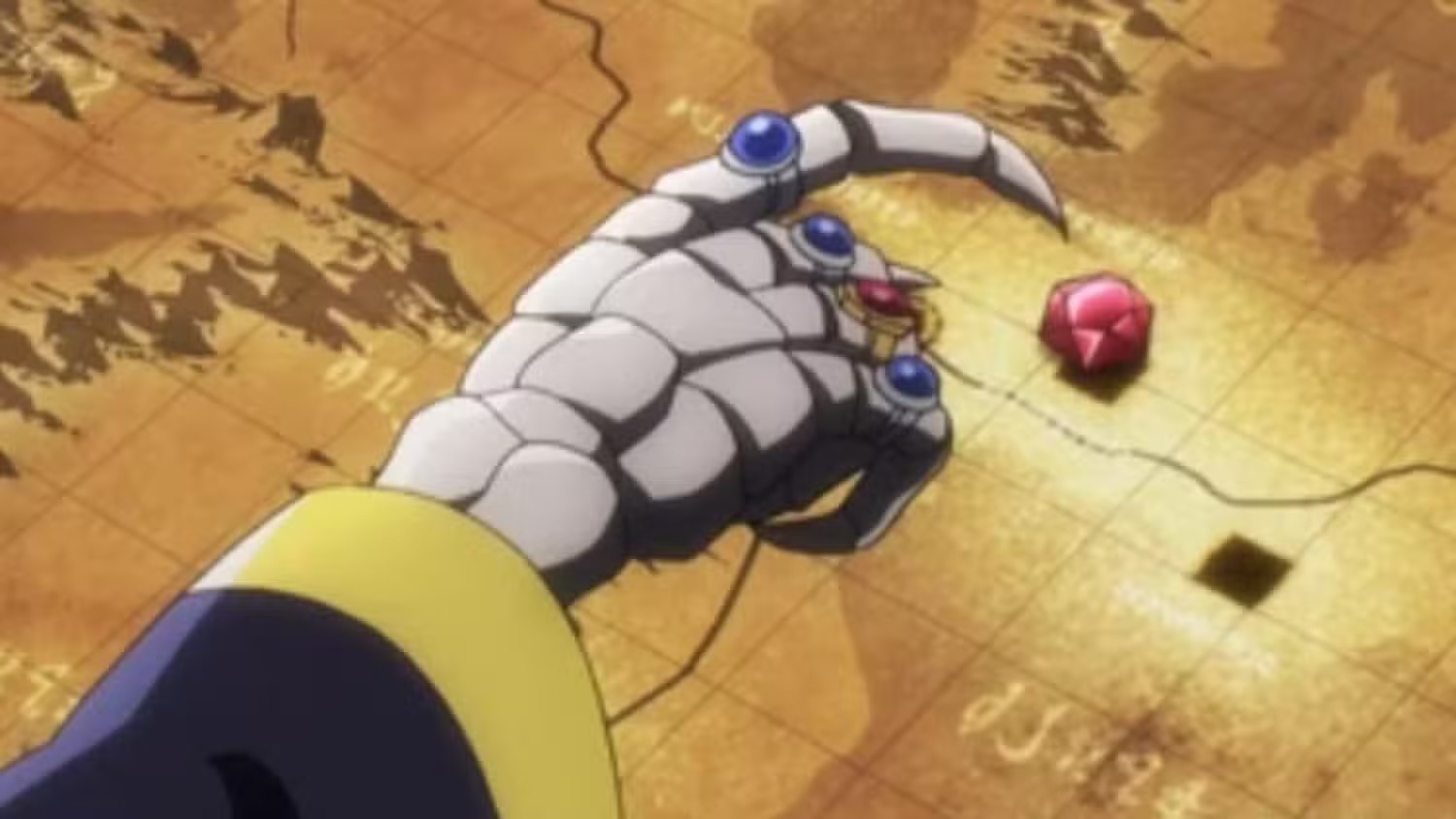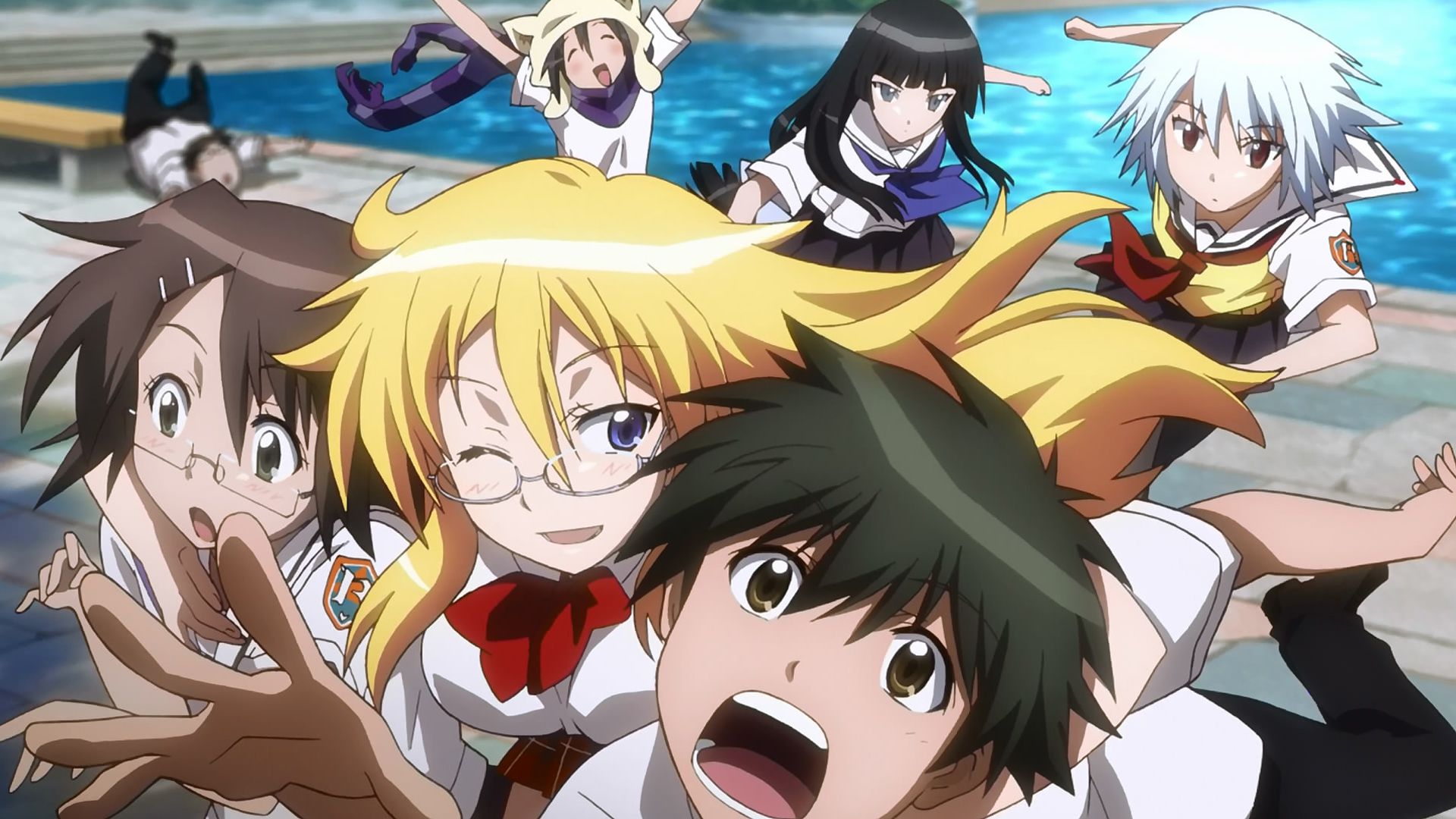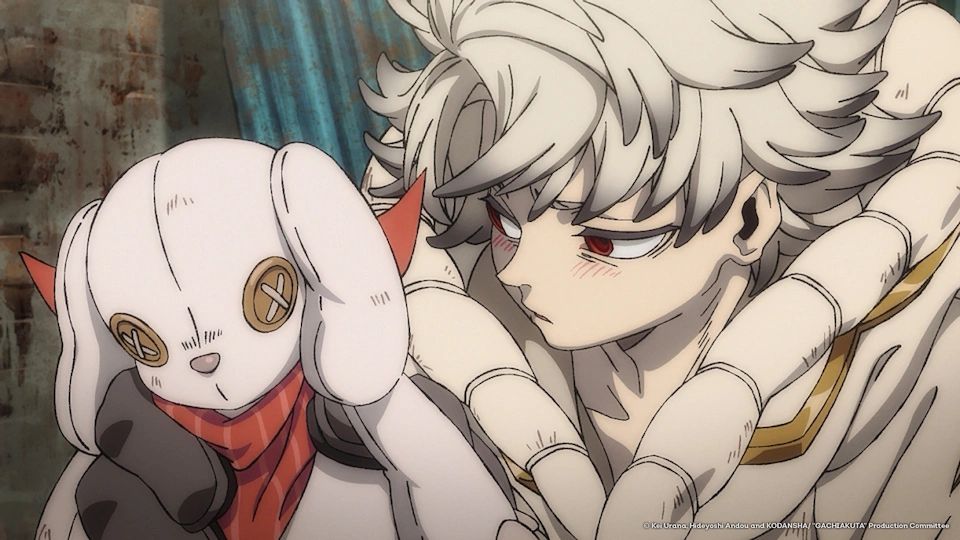Isekai anime has become a popular genre, captivating audiences with its unique blend of fantasy and adventure. While many protagonists are beloved by fans, others evoke mixed reactions, sparking passionate debates. In this list, we’ll explore the top 7 polarizing protagonists in isekai anime, characters who have inspired both admiration and criticism.
From overpowered protagonists to morally ambiguous anti-heroes, these characters have ignited discussions among fans. Let’s dive into the world of isekai and examine the protagonists who have left a lasting impression, both positive and negative.
Reference:
1. Cid Kagenou

Cid Kagenou from The Eminence In Shadow is intentionally designed to be divisive. The series often resembles a parody, as it unabashedly embraces the numerous cringe-worthy tropes prevalent in contemporary isekai, such as exaggerated power levels, nonsensical harems, and morally ambiguous characters.
While this approach has resonated with certain audiences—evidenced by the show’s renewal for a second season and its respectable rating on MAL—it has also alienated others who view Cid as embodying something objectionable. Cid’s extravagant powers and his fixation on his heroic persona can be quite entertaining; however, the fact that it taps into a genuine fantasy for some individuals warrants careful consideration.
2. Ainz Ooal Gown

When Overlord premiered in 2015, it was recognized as a noteworthy isekai featuring an overpowered protagonist and a captivating universe. Viewers enjoyed following Ainz as he navigated this world, often finding amusement in his moments of innocence.
As subsequent seasons unfolded, it became increasingly evident that Ainz might not embody the role of a hero, but rather that of an antagonist. While some viewers appreciated this nuanced transformation, others found it off-putting. Ainz’s character is particularly intriguing because his malevolent actions can be understood within the framework of his designated role in the video game: the guardian of a race of monsters created by some of his closest companions. This complexity renders Ainz a fascinating yet divisive character.
3. Tanya Degurechaff

Tanya Degurechaff is a highly divisive protagonist in The Saga of Tanya the Evil. Her actions as an antagonist often make it difficult to sympathize with her. However, one of the most challenging aspects of her character is her physical appearance as a young girl despite being a grown man.
Originally a salaryman who was reincarnated after defying God, Tanya is ruthless, cunning, and has a disturbing love for war. Combined with the show’s World War I-inspired setting, Tanya’s actions can be seen as paralleling those of Nazi Germany. This makes it difficult for some viewers to root for her, contributing to her polarizing nature.
Tanya’s character serves as a reminder that even in the world of isekai, protagonists don’t have to be inherently good or heroic. Her complex and morally ambiguous nature sparks debate and makes her a fascinating, yet controversial, figure.
4. Hajime Nagumo

Hajime is an ordinary 17-year-old who, along with his classmates, is transported to a different world. While his peers acquire remarkable abilities, he receives what initially appears to be a worthless skill. Compounding his misfortune, he is betrayed by those he once considered friends and left to perish. However, he manages to survive, ultimately acquiring formidable powers and attracting a harem. This scenario may seem familiar, as it is the premise of Arifureta.
The central issue with Hajime lies in his pursuit of vengeance against his former classmates, which has led him to traverse some profoundly dark paths. This quest for retribution renders him unsympathetic in the eyes of some observers, who question the extent of his anger and the motivations behind it.
5. Kirito

Sword Art Online played a significant role in popularizing the isekai genre, captivating audiences with its immersive virtual world. While the series has garnered a massive fanbase, its protagonist, Kirito, is a subject of frequent debate.
Kirito’s overpowered abilities and seemingly effortless victories have led to comparisons with the “isekai Mary Sue” trope. His lack of significant challenges or character flaws has alienated some viewers, who find him one-dimensional and unrealistic. This has contributed to Kirito’s polarizing reputation, making him a controversial figure within the isekai community.
6. Naofumi Iwatani

The Rising of the Shield Hero sparked controversy from its debut due to its sensitive subject matter of assault and false allegations. Released during a period of heightened social awareness, the show’s exploration of these themes was met with mixed reactions.
The protagonist, Naofumi, is falsely accused of assault, leading to a significant shift in his character. His subsequent anger, bitterness, and occasionally unlikable behavior have alienated some viewers. Additionally, his acquisition of Raphtalia, a young slave, has raised concerns about the show’s portrayal of slavery and consent.
The show’s harem elements have also been a point of contention, with some fans finding them problematic or inappropriate given the serious themes explored. These factors have contributed to The Rising of the Shield Hero’s divisive reputation within the isekai community.
7. Rudeus Greyrat

Rudeus Greyrat starts Mushoku Tensei Jobless Reincarnation as a jobless otaku who is a poster child for problematic behavior. He gets isekai’d into another world as a baby, and he decides to turn over a new leaf
The thing is, for some, Rudeus is still a middle-aged man (since he kept his memories from his past life) and his amorous dealings with younger girls cast him in an irredeemable light. Rudeus does seem to grow as a character, but he never quite shakes the pervert tag he has earned.






